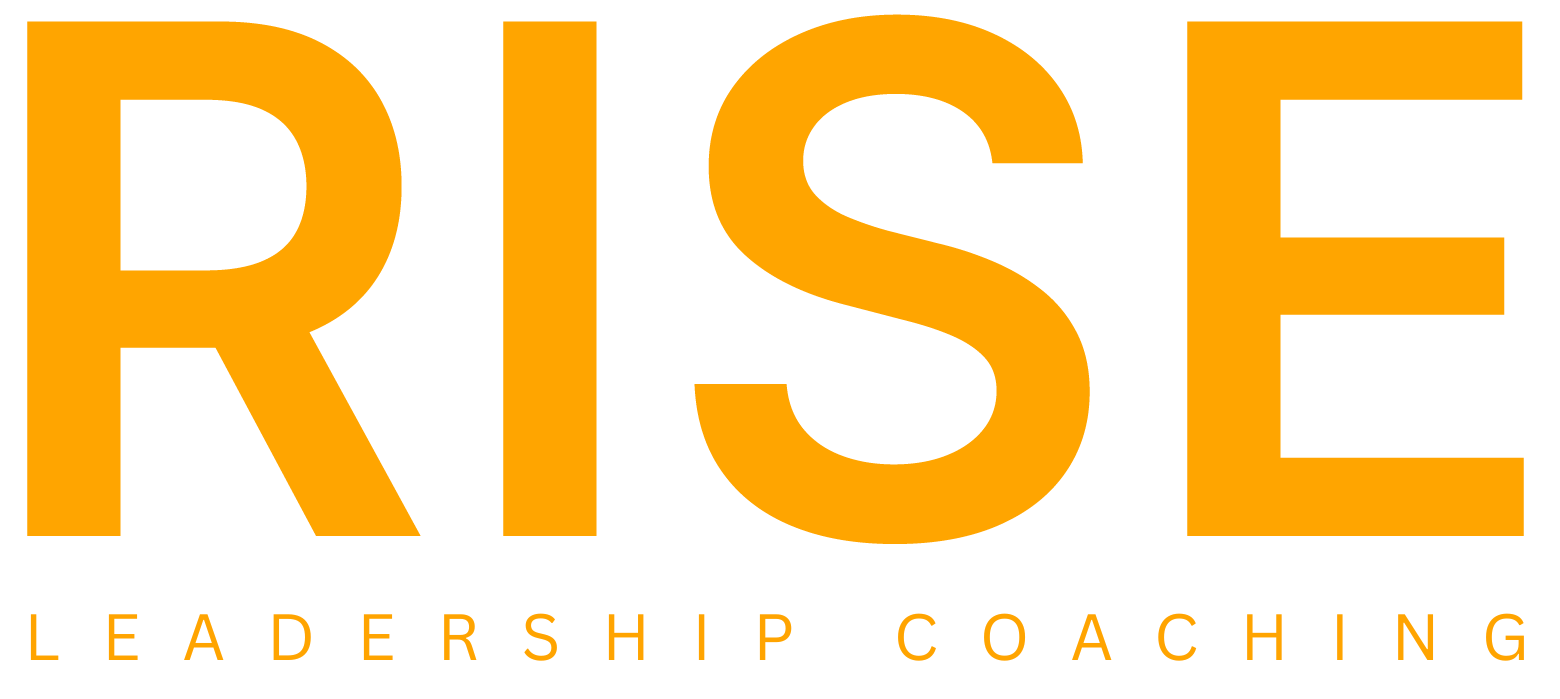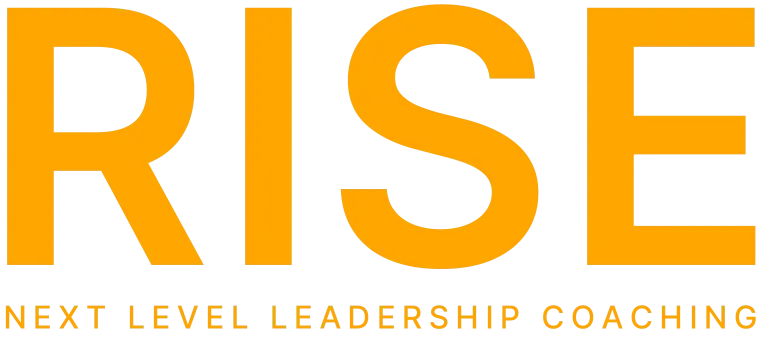How alignment, chemistry, and coaching fit drive real results. And why it’s too important to ignore.
At a Glance
The right coach–client relationship is the most important factor in coaching success. When a client’s goals, communication style, and values align with their coach’s expertise and approach, the relationship becomes a powerful catalyst for change. Poor matches, even with experienced coaches, often lead to limited progress, disengagement, or a transactional experience. Fit isn’t just a bonus; it’s the foundation of transformational coaching.
What Drives Powerful Coaching Outcomes?
Many assume it’s experience, credentials, or the tools a coach uses. But time and again, research and lived experience point to one overriding factor: the quality of the coach–client match.
According to the International Coaching Federation (ICF), 99% of coaching clients report satisfaction with their experience. But satisfaction isn’t the same as transformation. Deeper outcomes, from behavioural shifts to big life decisions, depend on trust, alignment, and connection.
What Is a Good Coach–Client Match?
A strong match happens when three core elements align:
- Needs – The coach has real experience with the challenges or goals the client is facing.
- Style – The coach’s communication approach resonates with how the client prefers to think and work.
- Values – Both parties share a similar outlook or philosophy, creating deeper trust and understanding.
When all three are present, coaching becomes more than productive; it becomes energising and lasting.
The Data Behind Coaching Fit
- Clients with strong alignment to their coach’s values and style are 2.5x more likely to reach their goals. (Harvard Business Review)
- Emotional fit is a top predictor of sustainable coaching outcomes, according to Gallup’s workplace behaviour research
- Clients who feel “understood” by their coach rate their experience 70% higher in satisfaction and impact. (ICF Global Coaching Study)
What Happens When the Fit Is Wrong?
Even the best coach won’t thrive in the wrong match. Common signs of a poor fit include:
- The client holds back or disengages
- Sessions feel vague or unproductive
- The coach avoids challenge or defaults to surface-level support
- Both sides describe the experience as “fine,” but forgettable
This isn’t a failure of skill; it’s a failure of chemistry. And it’s more common than many realise.
Today’s Clients Are More Selective
Modern coaching clients, especially professionals in career transition or leadership roles, are savvier than ever. They want:
- Coaches who understand their industry, context, and pressure points
- Relatable human experiences, not just frameworks
- A voice that feels authentic, not generic or scripted
And with more directories, platforms, and AI-driven matching tools available, clients are making fit a top priority.
How to Improve the Coach–Client Fit
If you’re a coach:
- Be clear about your coaching style and values
- Define your niche and ideal client openly
- Offer brief chemistry calls to help prospects assess fit
If you’re a client:
- Look beyond titles – read how a coach thinks and communicates
- Ask yourself: Would I be comfortable opening up to this person?
- Be honest in discovery calls about what you’re looking for
The best coaching relationships aren’t always the most structured; they’re the most connected. A strong coach–client match creates space for vulnerability, stretch, and growth.
And that’s where transformation begins.
Ready to work with clients that fit your style?
Join the RISE Coach Directory: a platform connecting impactful coaches with ambitious career professionals who are ready for change.







